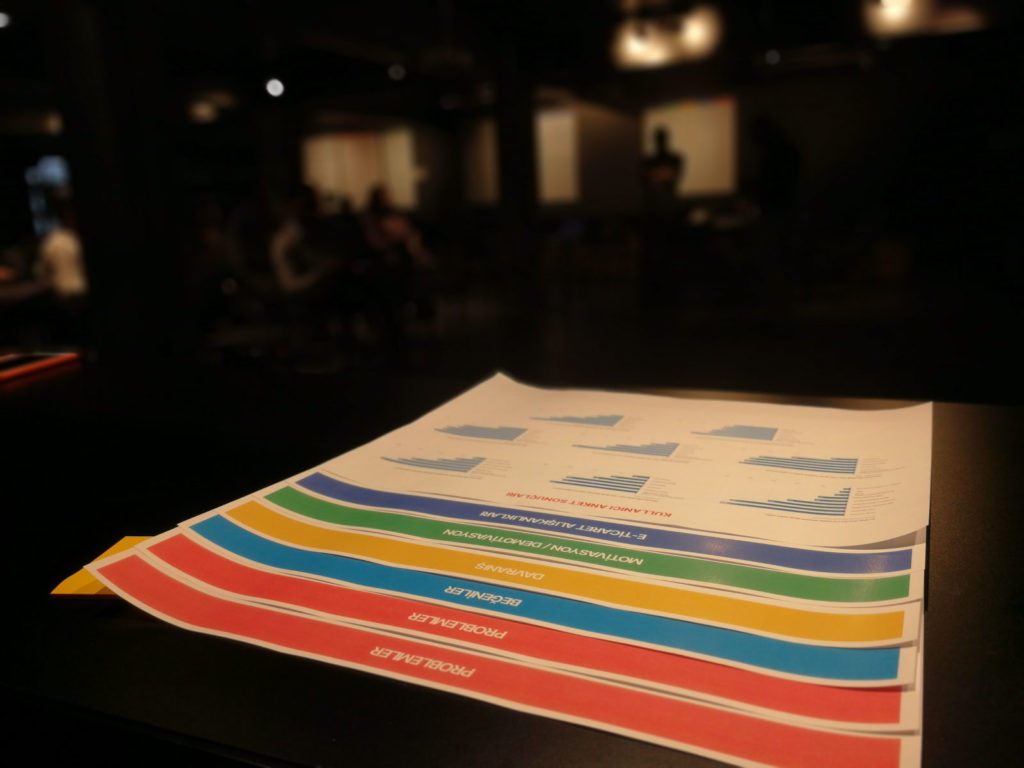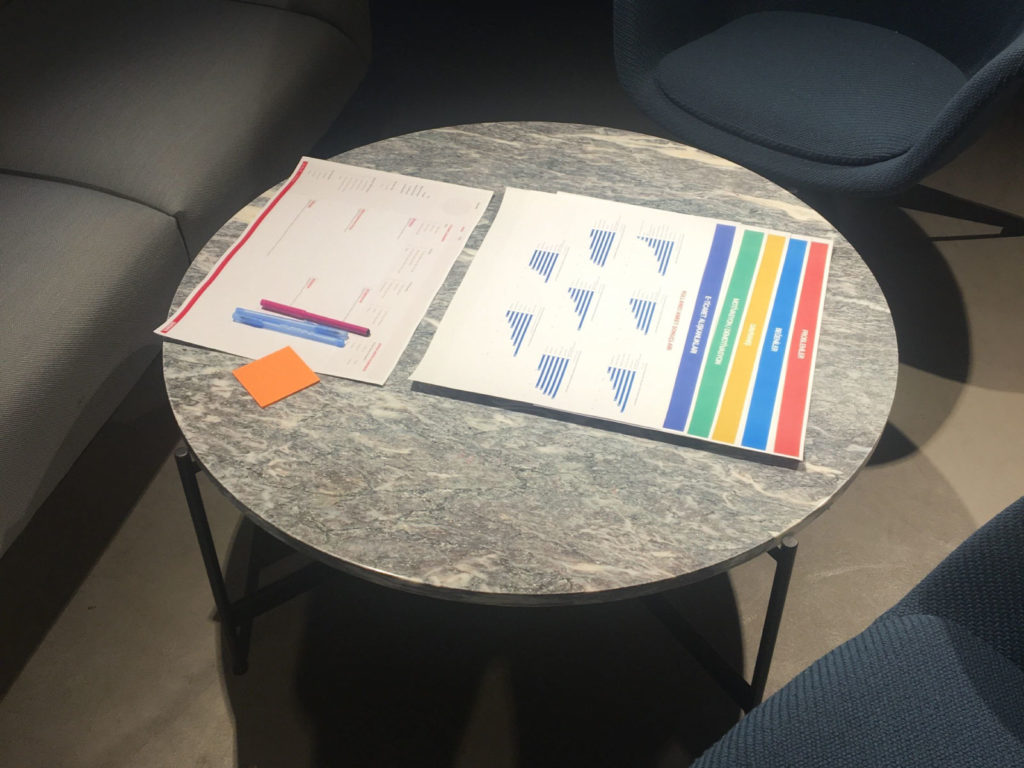When we talk with our project owners, stakeholders, or prospects; any professional related to customer relations or not, has a certain idea about who their product/service’s users are. Especially in bigger companies, they are very well aware of the various user segments in relation to their diverse range of products.
However, these user segments are not sometimes boiled down to representative personas in order to empathize with their fears, motivations, pain points, or needs. There should be a twist in perspective that a website or an app of a company is one of its products and should be treated as so, rather than an eclectic unity of its all users of all products.
Fortunately, we acknowledge that and help our clients to collaboratively uncover their “Personas” by focusing on their business goals and the UX vision we provide. We call it “Persona Workshop” and it consists of two quick stages. Let’s pore over how we carry it out at SHERPA.

Before the Persona Workshop: Qualitative research
As underlined above, user segments as tools are not solely enough to create personas, however, constitute a very good starting point. A quick wrap up is that defining user groups or market segments differs from creating a persona in terms of purpose and scope. Within the scope of market research, large user masses are categorized into user segments according to their qualities and their share in the market. This method is mostly used to detect the demand in the market during product development. Generally, the data provided by quantitative data collection methods are processed and statistical evaluations are made.
In contrast, a persona refers to a single user derived from qualitative insights to highlight certain details and important features of a group of users. The aim is to list the user’s habits, likes, needs, and pain points in such a way as to empathize with the single user in a way that the user experience designer as well as stakeholders can internalize it. The properties that are aimed to be met in the design process are determined accordingly.
We take these user segments into consideration to define representatives in terms of their age, gender, socio-economic or cultural status, location, or any other specific data. Before being able to render personas, we conduct one-on-one user interviews with representative users which we acquire from our User Database. Moreover, we gather all other data obtained from other channels such as Analytics, past reports, etc.
During the Persona Workshop: Collaborative production

After a qualitative analysis of user interviews and all kinds of data collected we provide a rich insights pool to analyze and synthesize in order to create personas for the product at hand. Three to four-person groups are formed to evaluate and build up personas by filling in the Persona Card provided by our team. In this collaborative exercise, our team members also participate and help in uncovering the actual needs, motivations, and pain points of the user and in manifesting these as a Persona. We support groups to produce personas as many as the insights at hand allow. At the end of the group sessions, a collective evaluation of the personas produced by all teams is taken and accordingly vital personas are set with a prioritization exercise.
What to do next
When making strategic design decisions, feature optimizations, and prioritization of these features are taken into consideration according to the personas of the product/service at hand. Knowing about their personas, companies can determine their UX Strategy, work on User Journey Maps including different digital channels, or shape a tone of voice as a brand.
